Strategic Provocation or Tactical Oversight? Chinese Warplane Flies Over U.S. Supply Port in Saudi Arabia
The images, which have gone viral on social media, depict the advanced fourth-generation-plus fighter operated by the People’s Liberation Army Air Force (PLAAF) conducting a low-altitude flight over the Saudi port facility that regularly services U.S. Navy vessels, including those supporting the nuclear-powered aircraft carrier USS Harry S. Truman.
(DEFENCE SECURITY ASIA) – A set of recently circulated images showing a Chinese J-10C fighter jet flying over King Fahd Port in Yanbu, Saudi Arabia, has ignited widespread concern among international defence analysts, raising questions about a potential security breach at one of America’s most strategically vital naval logistics hubs in the Middle East.
The images, which have gone viral on social media, depict the advanced fourth-generation-plus fighter operated by the People’s Liberation Army Air Force (PLAAF) conducting a low-altitude flight over the Saudi port facility that regularly services U.S. Navy vessels, including those supporting the nuclear-powered aircraft carrier USS Harry S. Truman.
The visuals, reportedly disseminated by Chinese defence enthusiasts, clearly show the J-10C operating in close proximity to critical American naval infrastructure—an extremely rare occurrence that has rattled observers familiar with the region’s fragile military balance.
Such an overflight, especially by a Chinese combat aircraft near a U.S. military supply node, is nearly unprecedented and immediately raised questions about the level of awareness or approval granted by Saudi authorities for this operation.
The incident has prompted speculation about whether Riyadh knowingly allowed Chinese fighters to fly so close to facilities that house sensitive American military assets—or whether the implications of such proximity were overlooked entirely.
According to multiple defence reports, the J-10C overflight was part of a broader deployment in which three PLAAF J-10C fighters, accompanied by at least five Y-20 strategic transport aircraft and a YU-20 aerial refuelling tanker, conducted a long-range mission spanning more than 6,000 kilometers from China to Egypt.
Also embedded in the task force was a KJ-500 airborne early warning and control aircraft—one of China’s most sophisticated airborne ISR (Intelligence, Surveillance, Reconnaissance) platforms—which was ferried into the theatre aboard a Y-20 transport aircraft.
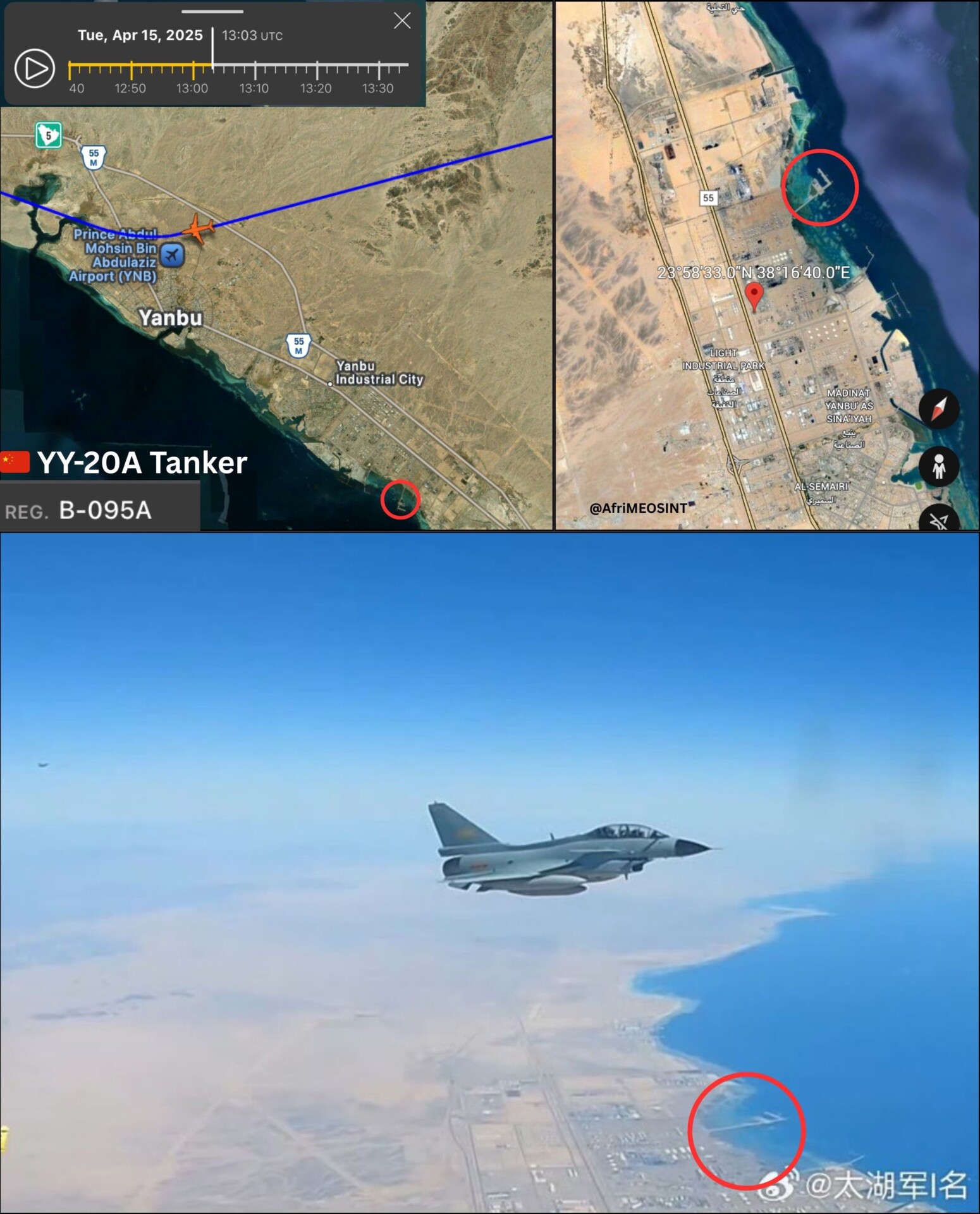
All Chinese aircraft safely arrived at an Egyptian air base on April 15, marking the beginning of the first-ever joint aerial combat exercise between the air forces of China and Egypt, a development that carries profound strategic symbolism.
The exercise, officially titled “Eagle of Civilization 2025”, is scheduled to run from mid-April until the following month and represents a new chapter in Beijing’s growing defence and diplomatic footprint in the Arab world.
China’s Ministry of National Defense hailed the exercise as a platform to “promote practical cooperation and strengthen friendship and mutual trust,” highlighting the deepening military-to-military ties between the two nations.
“This is the first joint military exercise between the two countries, and it is significant in enhancing pragmatic cooperation and building mutual trust and friendship.”
A Chinese military analyst, speaking to Global Times, confirmed that the aircraft dispatched to Egypt include frontline multirole fighters and integrated assets that function collectively as a coherent and highly capable combat formation.
Beyond the tactical level, the drill underscores a strategic reconfiguration unfolding in the Middle East, where nations like Egypt are increasingly recalibrating their defence postures by seeking non-Western partners to diversify their military portfolios.
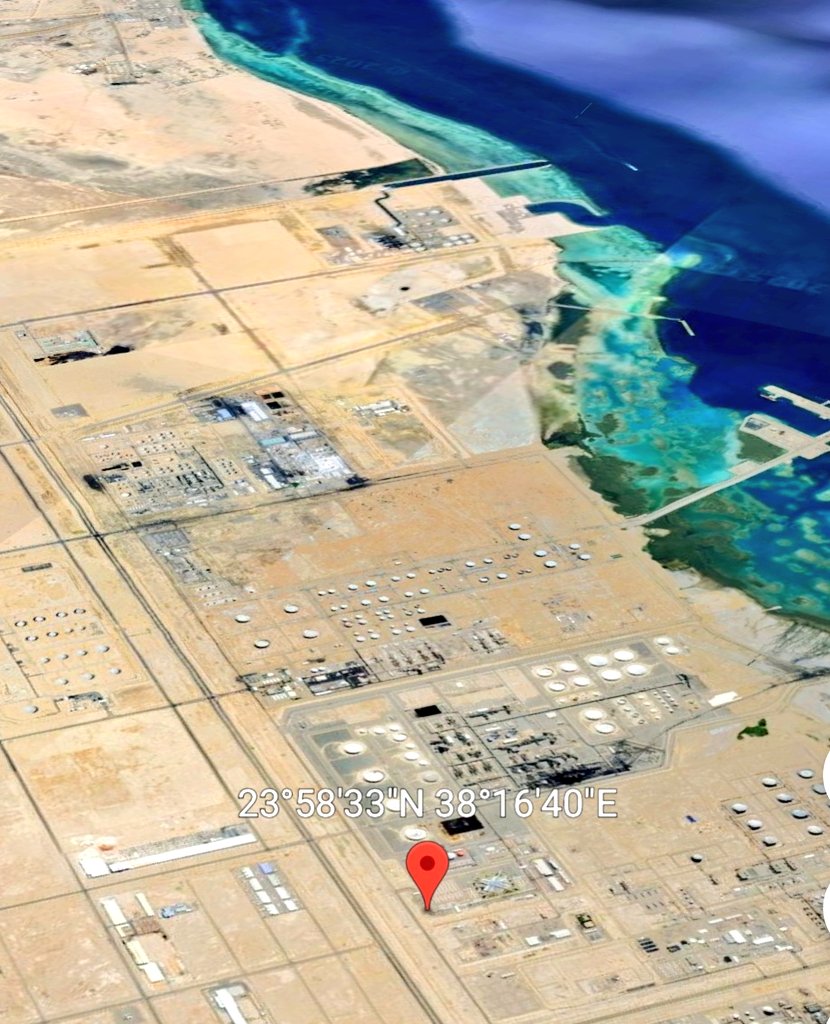
Egypt’s intensified collaboration with China is the result of a carefully calculated shift in its defence doctrine—one that aims to balance technological diversification, political autonomy, and strategic realignment in a multipolar security environment.
This policy pivot has been accelerated by Cairo’s growing unease over the reliability of arms deliveries from traditional suppliers such as the United States and Russia.
American military aid to Egypt has been repeatedly hamstrung by human rights stipulations imposed by Congress, while Russia’s defence export capacity has been significantly degraded by its war in Ukraine and the resulting global sanctions.
Nevertheless, it is the J-10C’s flight near King Fahd Port—rather than the bilateral drill in Egypt—that has triggered the sharpest international reactions, particularly given the geopolitical sensitivities of the Red Sea maritime corridor.
Although Beijing has remained silent on the specific objectives of the overflight, the deployment’s timing, route, and platform capabilities suggest it may have served multiple strategic purposes, including potential reconnaissance.
King Fahd Port, located along the Red Sea’s western shore, is one of the region’s most important naval logistics hubs for U.S. CENTCOM operations, making it a valuable node in America’s force projection network across the Middle East.
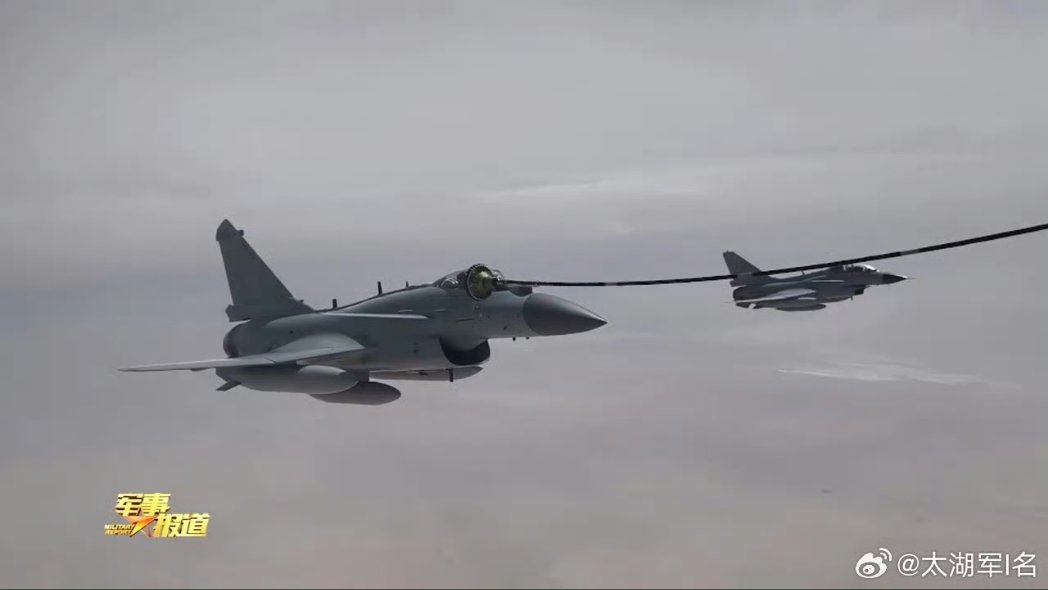
The J-10C, equipped with a domestically produced Active Electronically Scanned Array (AESA) radar, advanced data fusion capabilities, and electronic warfare systems, possesses the ability to detect and geo-locate emissions—potentially allowing it to gather valuable signals intelligence (SIGINT) during the overflight.
Seen through the lens of China’s broader push into the Middle East defence market, the incident dovetails with Beijing’s growing efforts to offer advanced military platforms—including the J-10C—to countries like Saudi Arabia and Egypt as part of its Belt and Road-aligned strategic outreach.
Multiple reports indicate that both Cairo and Riyadh are actively exploring Chinese defence hardware as alternatives to Western systems, with the J-10C being evaluated alongside UAVs, radar systems, and integrated command platforms.
While it is possible the overflight was merely a navigational waypoint en route to Egypt or an unintentional proximity event, the lack of transparency has left the door wide open for speculation—especially among U.S. military planners concerned about Chinese ISR activity near sensitive facilities.
Given the confluence of advanced surveillance technology onboard the J-10C and the critical nature of King Fahd Port to U.S. naval logistics, the possibility that this maneuver included a covert intelligence-gathering component cannot be dismissed.
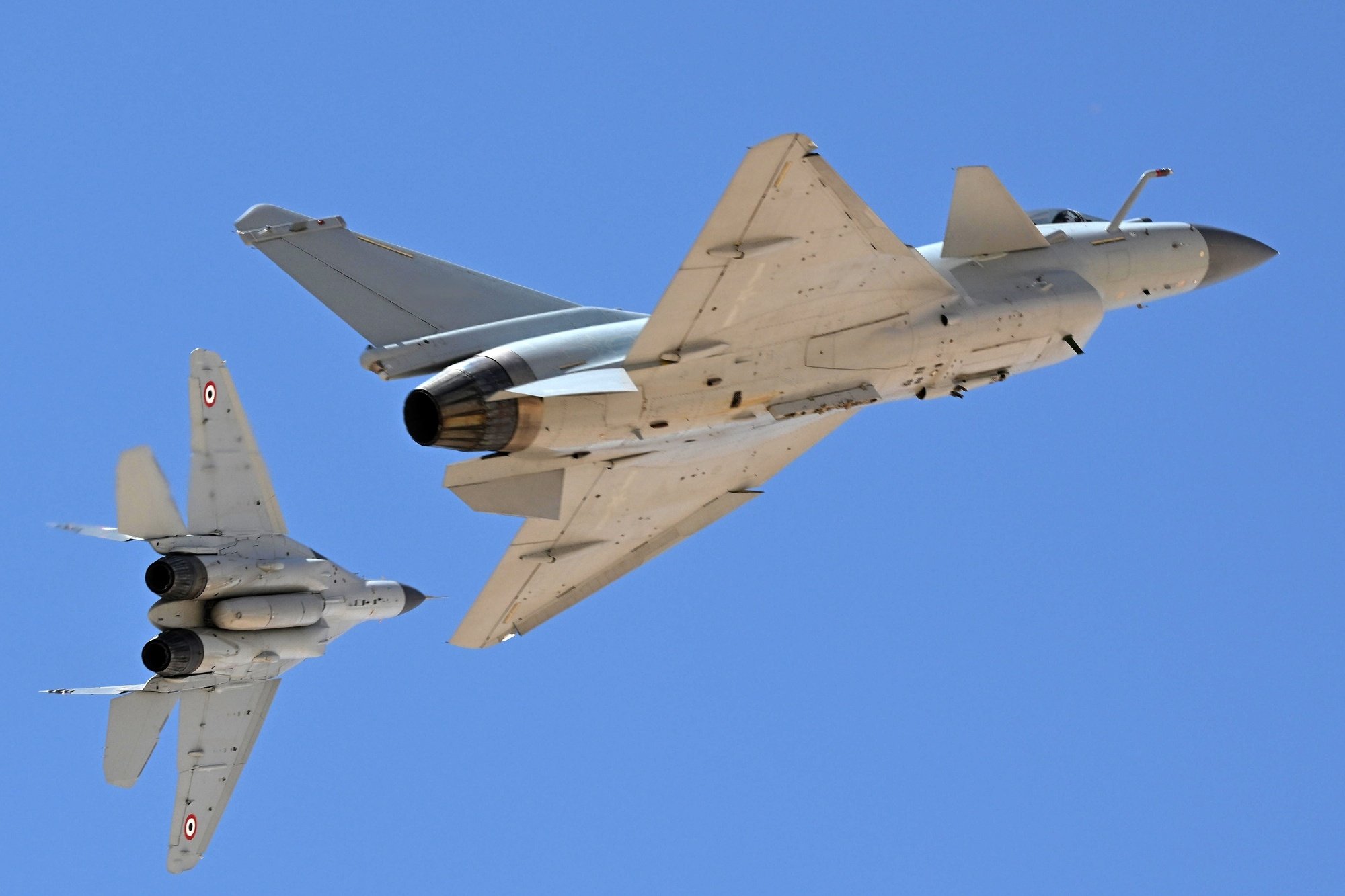
Why King Fahd Port in Yanbu is a Pillar of U.S. Military Strategy
1. A Crucial Logistics and Replenishment Hub
King Fahd Port is one of the largest deep-water ports along the Red Sea and routinely facilitates the resupply of U.S. Navy vessels—including aircraft carriers, amphibious assault ships, and logistics support vessels—making it central to sustained American naval presence in the region.
2. Strategic Access to the Bab el-Mandeb Strait
Situated near one of the world’s most critical maritime chokepoints, the Bab el-Mandeb Strait, Yanbu offers strategic proximity to trade routes connecting the Red Sea to the Gulf of Aden—vital for energy shipments and military transit alike.
3. CENTCOM’s Forward Operating Node
The port supports U.S. Central Command’s operational tempo across the Middle East, serving as a logistics and staging point for rapid deployment and pre-positioning of U.S. forces in volatile theaters such as Yemen, Iraq, and the Horn of Africa.
4. Interface with Saudi Arabia’s Energy Infrastructure
Yanbu is home to large-scale oil refineries and petrochemical plants, and its proximity to Saudi Arabia’s energy lifelines makes it a high-priority asset in any regional contingency planning involving the defence of strategic infrastructure.

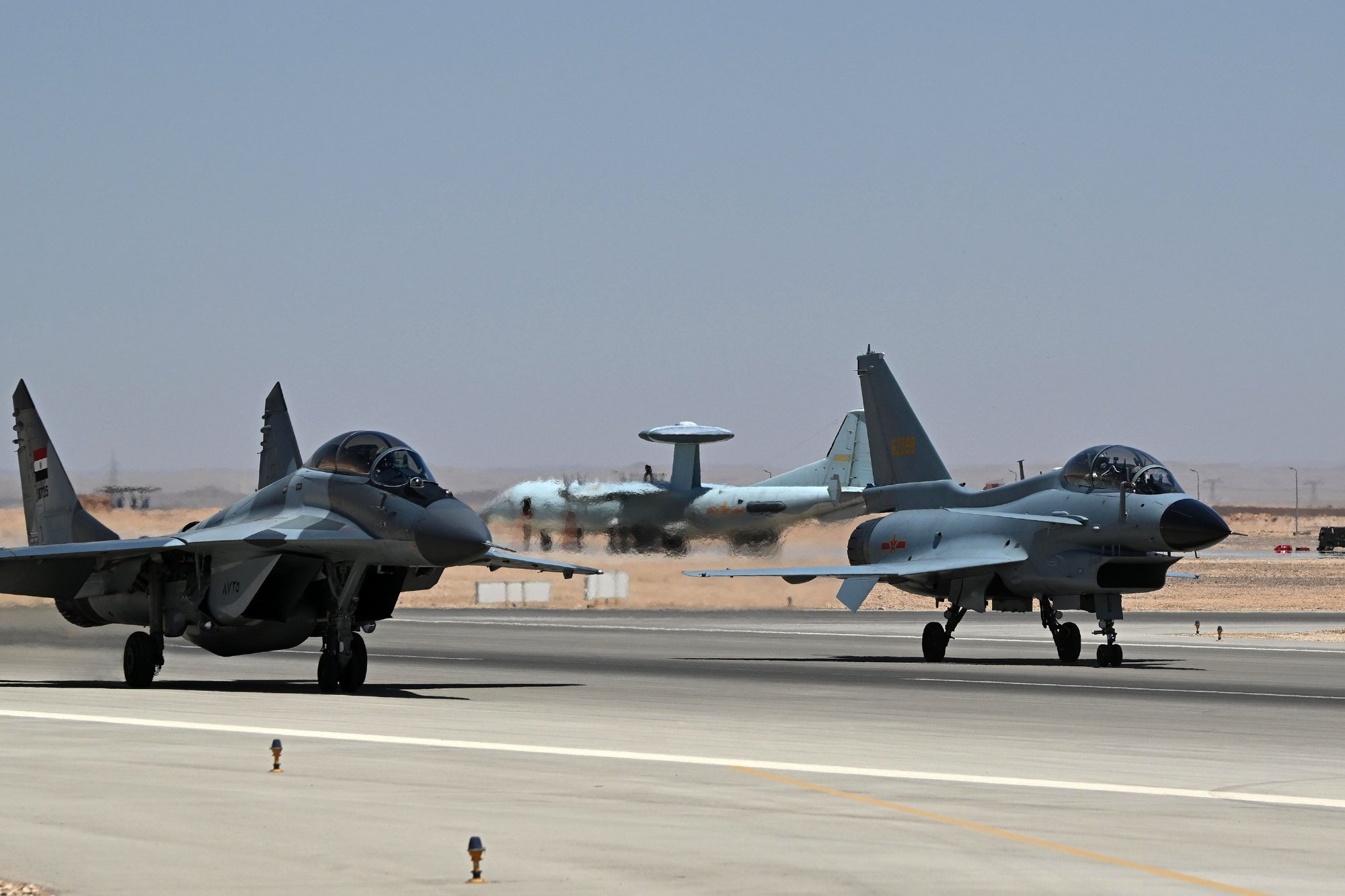
5. A Geopolitical Barometer and Signal of Alliance
The port’s routine hosting of U.S. Navy vessels serves as a visible reaffirmation of the U.S.–Saudi security alliance, sending a clear deterrent message to adversaries such as Iran and underscoring Washington’s enduring commitment to Gulf security amid regional flashpoints like the Red Sea and Yemen.
In essence, King Fahd Port functions as a logistical keystone in America’s Middle Eastern force posture—a vital enabler of maritime dominance, rapid response capability, and allied interoperability—and any foreign military activity in its immediate vicinity, particularly from China, demands intense strategic scrutiny.
— DEFENCE SECURITY ASIA


